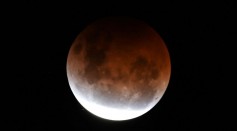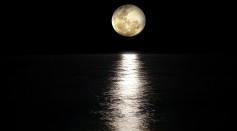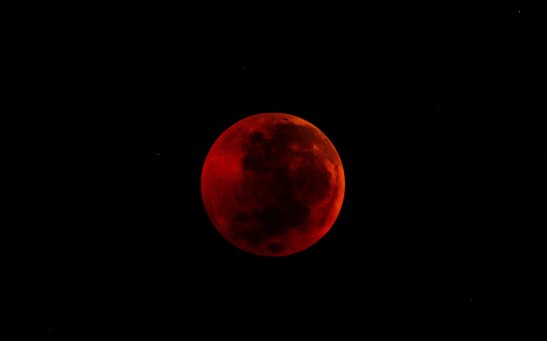eclipse

Partial Lunar Eclipse: When, Where, How You Can See the Different Phases Of Moon Occurrence on November 19
Partial Lunar Eclipse Will Be High in North American Skies: Here's When and Where It Will Be Visible
Two Chromospherically Active Variable Stars Detected in Highly Eccentric, Eclipsing Binary System

Blood Supermoon 2021: The Best Time, Sites to See This Rare Event

Watch Out for the Penumbral Eclipse This Monday: Here's How
Skywatch: What’s in Store for the Heavens in November
Airline Offers First Class View of “The Great American Eclipse”
NASA’s Solar Observatory Witnessed Partial Solar Eclipse, Which Serves As Teaser For ‘The Great Solar Eclipse’
Total Solar Eclipse, 'The Great American Eclipse' Happening This August 2017 Across United States: Find Out Where, When & Safety Guidelines
Adler Planetarium Shall Showcase An Eclipse After 99 Years In US
'Snow Moon' Eclipse And Green Comet In A One Night Show
A Full Moon, An Eclipse And A Comet Are All Coming This Friday Night!
How to Catch a Glimpse of the Blood Moon This Easter Weekend
From California to New York—Where To Catch A Glimpse of an Eclipsing Sky
Most Popular

AI Revolution in Medical Education: Transforming How Healthcare Professionals Learn

China’s Tiangong Space Station to Expand Its Capabilities With New Modules

Exploring Life Beyond Earth: Study Claims Other Planets Could Be Suitable for Alien Life

Out of Office, Not Out of Mind: Planning for Employee Holiday Absences






